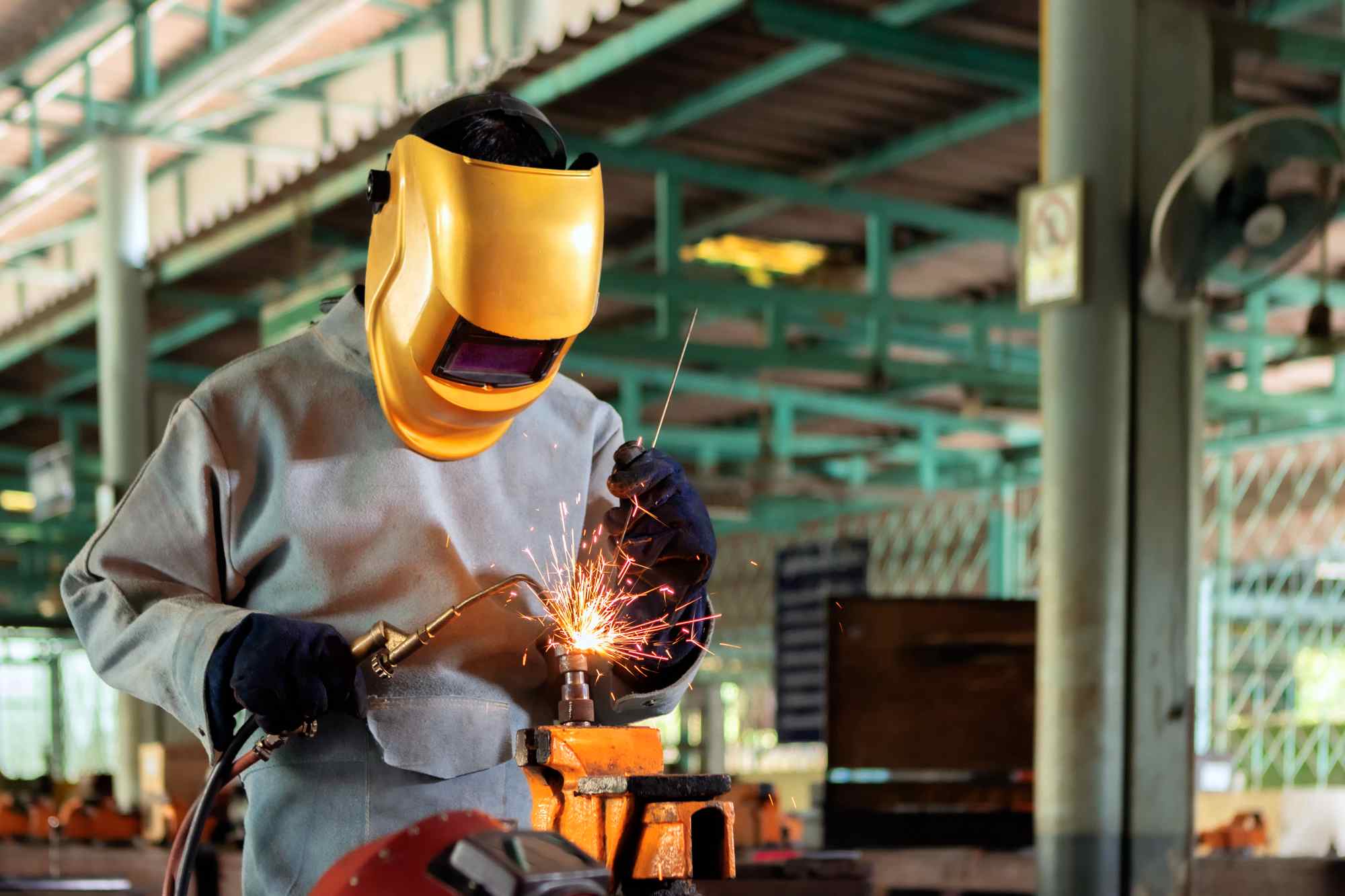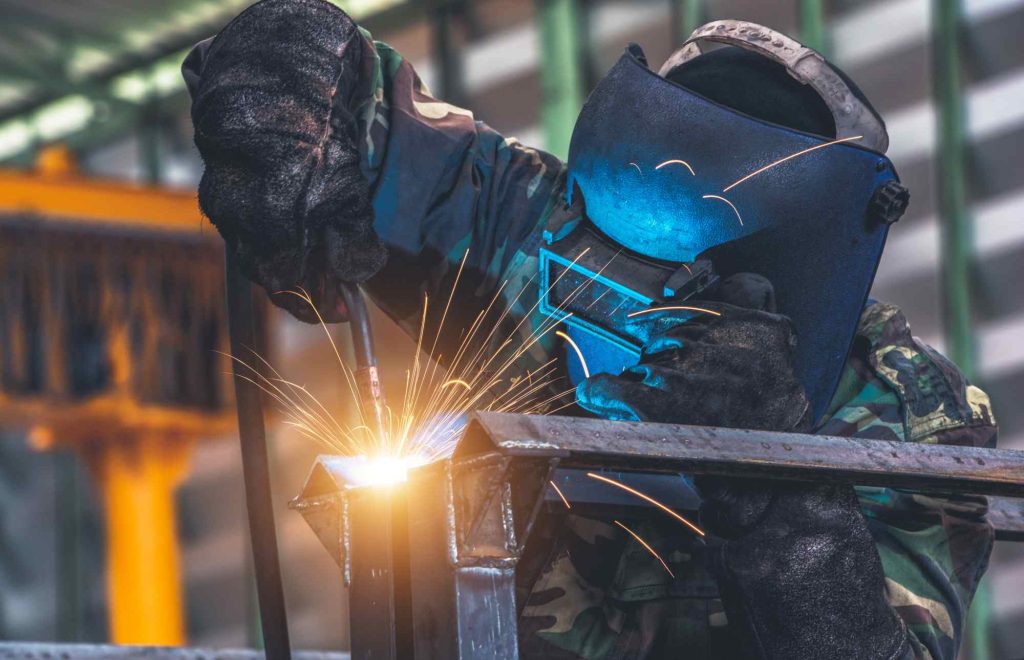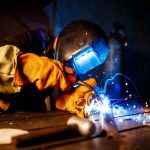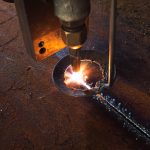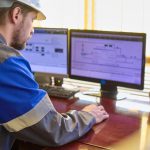Principle of Operation
Both MIG and MAG welding are electric arc welding processes that use a consumable electrode. This electrode, which comes in the form of wire, is continuously fed from a spool, allowing for a continuous and efficient welding process. The energy generated by the electric arc melts the wire and the base material, forming a solid joint upon cooling. However, the main difference between the two methods lies in the type of shielding gas used during the welding process.
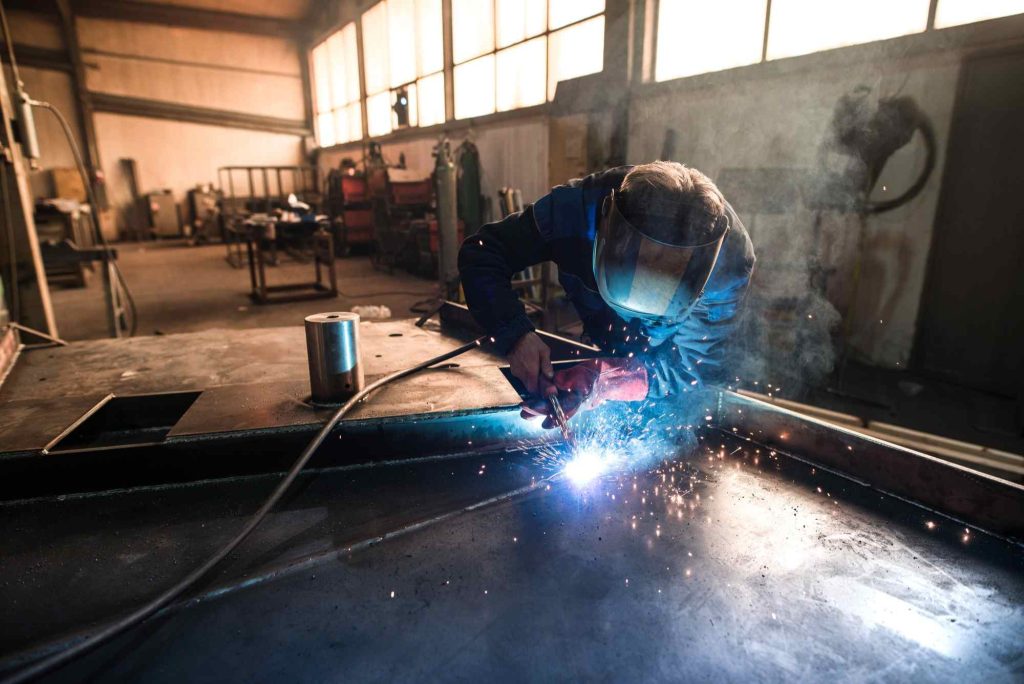
Shielding Gas: The Key Difference
In MIG welding, an inert gas such as argon or a mixture of argon and helium is used as the shielding gas. This gas protects the weld pool from atmospheric contamination, particularly from oxygen and nitrogen, which could compromise the quality of the weld. Being inert, the gas does not chemically react with the molten material, resulting in a cleaner weld bead with fewer imperfections. On the other hand, MAG welding uses an active gas, typically carbon dioxide (CO2) or a mixture of CO2 with argon. Unlike inert gas, active gas reacts with the molten metal, which can influence the mechanical properties of the weld bead. This reaction can be beneficial in certain cases, such as welding carbon steels, where greater arc penetration is required. However, it can also produce more spatter and a less aesthetically pleasing weld bead compared to MIG welding.
Specific Applications
The choice between MIG and MAG welding largely depends on the type of material to be welded and the specific conditions of the project. MIG welding is ideal for non-ferrous materials such as aluminum, copper, and their alloys, due to the need to maintain the purity of the base metal during the process. MAG welding, on the other hand, is more suitable for carbon steels and stainless steels, where the interaction of the active gas can improve the quality of the weld in terms of penetration and strength. Additionally, MIG welding is preferred in applications requiring a superior aesthetic finish, as the use of inert gas minimizes spatter and imperfections in the weld bead. MAG welding, in contrast, is more common in industrial applications where robustness and efficiency are paramount, and minor surface imperfections do not affect the functionality of the final product.
Costs and Operational Considerations
The costs associated with each welding type also vary. MIG welding tends to be more expensive due to the cost of inert gases such as argon. However, its ability to produce high-quality welds with less need for rework can justify the additional expense in certain contexts. In contrast, MAG welding, using more economical gases like CO2, can be more accessible, especially in applications involving long welding sessions where aesthetics are not a priority. Another important consideration is the need for proper ventilation when using MAG welding, as the reaction of CO2 can generate higher amounts of fumes and hazardous gases. Therefore, efficient fume extraction systems are crucial to ensure worker safety.
The choice between MIG and MAG welding depends on multiple factors, including the type of material, finishing needs, and operational costs. While MIG welding is better suited for non-ferrous materials and applications requiring a high-quality finish, MAG welding is more adaptable to welding steels and industrial environments where efficiency and cost-effectiveness are key. Understanding the differences between these two methods allows for selecting the most appropriate technique for each project, optimizing both the quality of the work and the associated costs.

